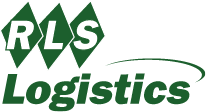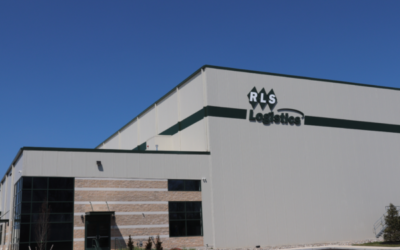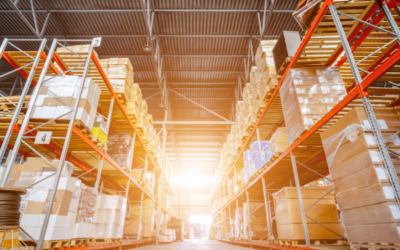Welcome to Food Safety Focus, the newsletter covering all things quality and food safety in the logistics industry! In this edition, our Cold Chain Experts explore the topic of preserving perishable goods. Frozen food storage plays a crucial role in ensuring food safety and longevity. Whether it’s a large-scale cold storage facility or a deep chest freezer in your basement, both serve the fundamental purpose of preserving food. However, understanding the differences between the two is essential for consumers and food manufacturers.
Temperature Control
Cold storage facilities are designed to maintain precise temperature control throughout the entire storage area. They often utilize industrial grade refrigeration systems that ensure a consistent temperature. This stable environment helps to prevent unwanted bacterial growth and maintains the quality of frozen foods over extended periods.
While home freezers also aim to maintain low temperatures, they may not offer the same level of consistency as commercial cold storage facilities. Fluctuations in temperature can occur due to factors such as door openings, freezer capacity, and freezer location within your home. While modern home freezers are efficient, they may struggle to maintain consistent temperatures during power outages or if filled to capacity.
Accessibility
Cold storage facilities are typically operated by logistics companies such as RLS, which offer comprehensive inventory management services. These services include real-time tracking and customized storage solutions to meet clients’ specific needs. Access to stored goods is tightly controlled, with protocols to ensure proper handling and visibility throughout the storage process.
In a home setting, individuals are responsible for managing their freezer inventory and ensuring proper rotation of items to prevent food waste. Without sophisticated tracking systems, monitoring expiration dates or tracking items in the freezer can be challenging. Additionally, accessibility may be limited by the size and layout of the freezer, requiring users to periodically rearrange items to access what they need.
Safe Food Handling
While maintaining food safety inside the freezer is imperative, the journey from freezer to plate requires careful consideration and is equally as important. Some foods, such as vegetables, can be safely thawed and refrozen without losing quality. On the other hand, dairy products like milk, cheese, and yogurt are not suitable for refreezing due to changes in texture and potential bacterial growth. It’s best to use them promptly once thawed. It is suggested that thawed foods be labeled with the date to track how long they have been in the freezer and avoid keeping them for too long.
In conclusion, while both cold storage facilities and home freezers serve the purpose of frozen food storage, they cater to distinct needs within different contexts. Cold storage facilities offer expansive capacity, management, and stringent temperature control, providing value to businesses operating in the food supply chain. Home freezers offer convenience and accessibility for individual consumers but may lack the precision of cold storage facilities. Understanding these differences is essential for making informed decisions regarding frozen food storage, whether at an industrial level or within the confines of one’s home.
ABOUT RLS LOGISTICS: Headquartered in Glassboro, NJ, RLS Logistics is a family-owned, third-party logistics provider specializing in value-added cold chain solutions, including LTL and FTL transportation, cold storage warehousing, and direct-to-consumer fulfillment. Founded in 1968, the company has been owned and managed by the Leo family for over 50 years and has grown into a leading integrated cold chain 3PL. For more information, visit https://www.rlslogistics.com/.




